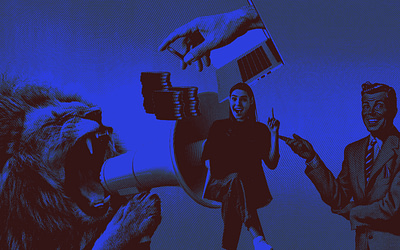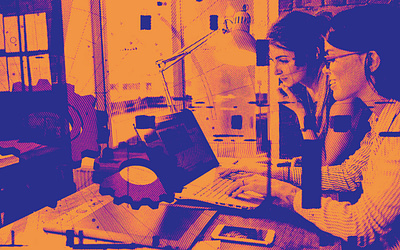Within the design process of a new project, it is essential to establish the potential users of the client, as well as their needs and wishes. This is where the user research phase comes in. A fundamental piece to design a final product that empathizes with the needs and desires of the user, but that meets the commercial objectives of the client.
User Research
User research is the holistic set of activities that we leverage when we want to collect information about a potential target audience. The methods we use to collect this information may vary by customer, but the end result is the same: researchers collect and analyze information about real users, and designers use this information to create solutions that make the end product attractive and intuitive for the target user.
Designers are not there to show their creativity to the world, but to solve the client’s problem.
For the research to be of quality, it is necessary to delve into the target audience to understand their needs, desires, and even their psychological makeup. Using this information, enables the designer to extrapolate the best colours, styles, and interactions based on the emotions and experiences of the target group.
In other words, user research allows a designer to delve into the mind of a target user and create a product that grabs their attention.
An empathic web design is based on user research. A website with empathy is able to understand what a user wants and needs from their experience. This way, you not only design a product that works well but also do what your users want.
By investigating how users think, feel and solve the problems they have, you can design a product that is truly beneficial.
When we strive to create an empathetic design, we naturally leverage the strengths of users and allow them to make the most of their experience. On the contrary, the bias of imposing self-expression leads to a loss of energy, and loss of time and resources, all while delivering an inferior product to the customer.
Consumer-oriented products speak to an ever-evolving group of users, whose patterns and priorities are constantly changing.






